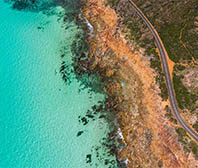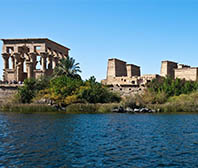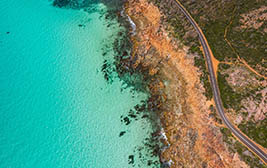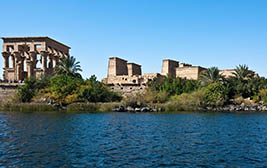<?xml encoding=”UTF-8″>
We think Hội An is one of Vietnam‘s most charming and beautiful towns. Landing a UNESCO World Heritage Site status in 1999, it is one of the last remaining examples of a 19th-century trading port left in the country today. We strongly encourage our clients to incorporate a few days here as part of a wider adventure in Vietnam.

From wandering around the ancient wonders of the well-preserved old town and watching local fishermen trading at the waterfront to discovering the swathes of green paddies just outside the town, there is something here for everyone. While much of Hội An can be explored under your own steam, with the streets becoming busier and busier, it is increasingly important for us to create new and exciting guided experiences for our clients.
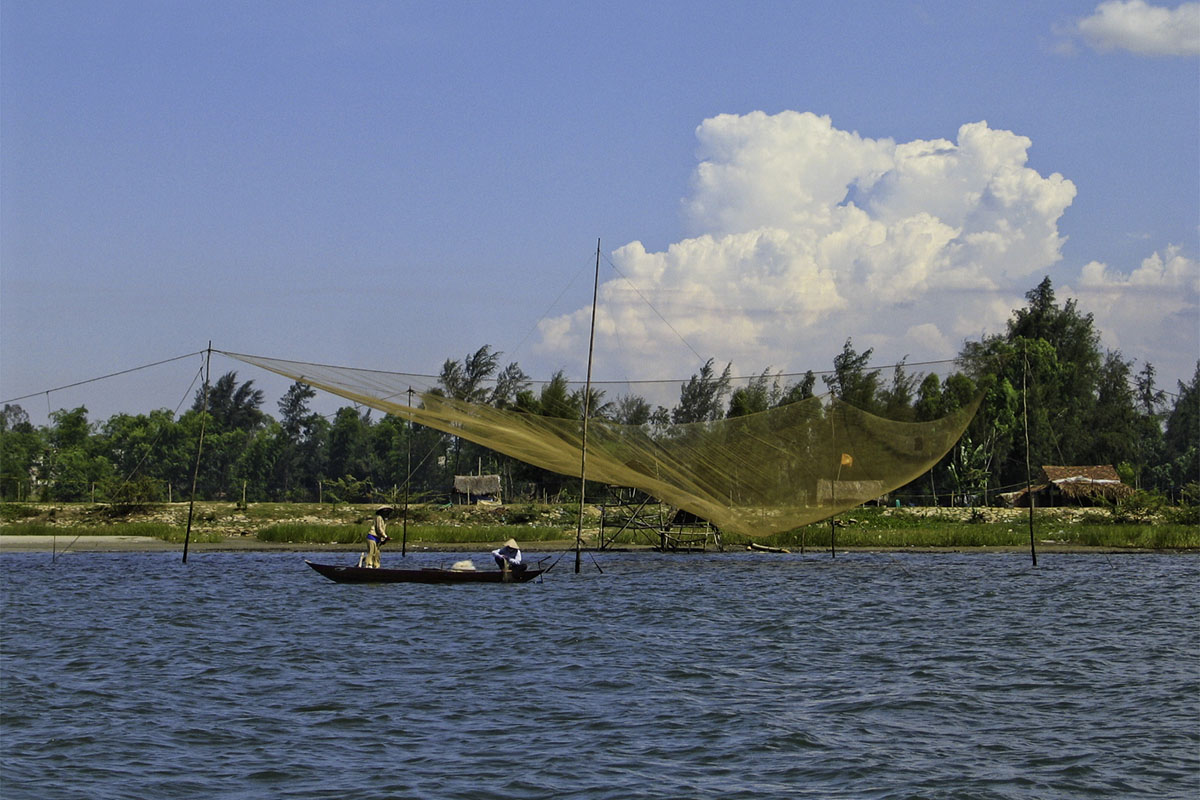
Firstly, we suggest an early start, not only to avoid the crowds but also to beat the heat. My guide, Mr Linh, scooped me up at sunrise, and we immediately set off on foot to see the old town at dawn – possibly the most picturesque time and fabulous for photographers. Our first stop was the lively central market, a riot of colour, where tables littered the streets, loaded with papaya, jackfruit, pineapple, fresh fish, spices and raw meat – the lot. Packed with friendly locals exchanging goods, you suddenly feel immersed in an evolving daily scene. It’s great fun sampling the tasty snacks too.

From here, Mr Linh guided me through the secret, narrow alleyways and buildings of the old town, which reflect an intriguing blend of global influences, including indigenous Cham to colonial French. What is particularly striking is the preservation of an incredible legacy of Japanese merchant houses, Chinese temples and ages-old tea warehouses. Still prominent today is the emblematic Japanese Covered Bridge, dating back to the 16th century. A spectacular historical piece of architecture, it is intricately carved and its roof adorned with alternating rows of yin and yang tiles.
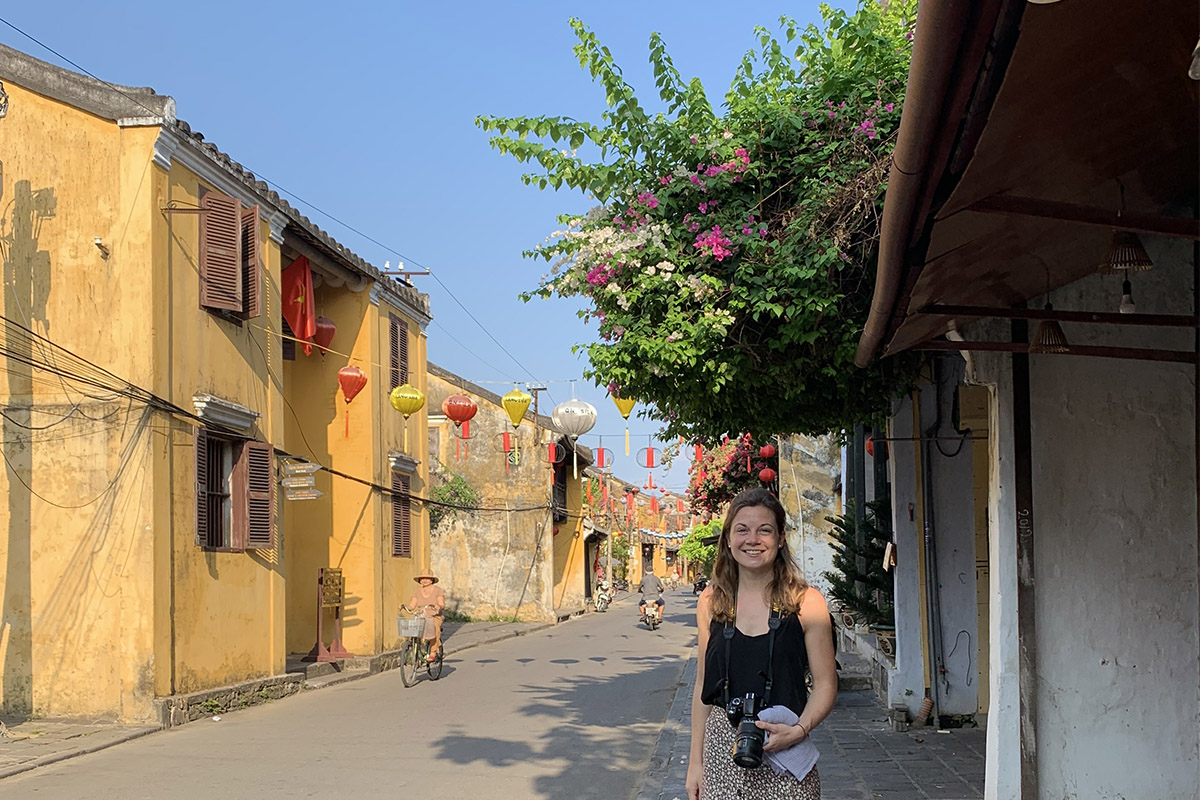
Centuries ago, spinning and silk trading was a thriving business in Hội An, and today, this still marks the best spot in Vietnam to have clothes custom-made. Market stalls are overflowing with fabrics, which tailors can literally turn into anything of your choice, although our top tip would be to bring a garment you would like to be copied. Anything that might not be ready in time for your departure, we can arrange to be sent to your next hotel.

A real highlight of my time in Hội An was undoubtedly my experience in the countryside in and around the village of Gò Nổi, which lies on the banks of the Thu Bồn River, about a 40-minute drive from the UNESCO-protected town. Luckily, Gò Nổi has escaped the tide of tourism, so you will still find village houses surrounded by betel palms and rice paddies, making this the perfect opportunity to glimpse rural Vietnam.
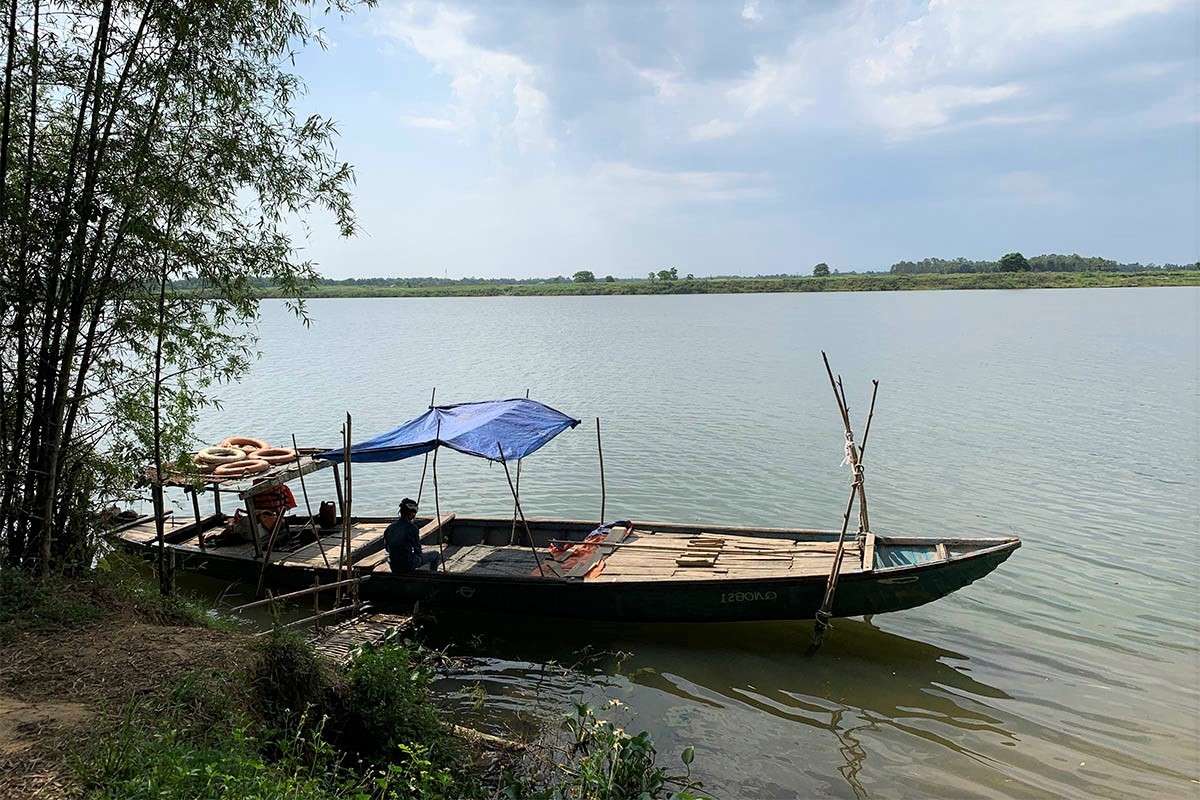
En route, we stopped at the morning market of Ha Mat, before arriving at the modest family home of Mr Phap. Mr Phap belongs to a collective group of organic farmers, bringing together 10 young people from the village who, despite a stable job and income in the city, decided to devote themselves to organic farming. After a welcoming cup of herbal tea, it was time to don our conical hats and set off on bicycles through the small streets into the rice paddies. Along the way, we stopped at fields filled with peppers, water bindweed, salad, basil, spinach and edible chrysanthemums. Depending on the time of year, we can organise for clients to plant seedlings, harvest, water, weed or plough the soil, tailoring the activities to their interests.

From here, we cycled on to the Thu Bồn River, where we boarded a rickety boat and meandered along until we reached a magnificent bamboo bridge. On the way back to Mr Phap’s house, we made one final stop at a splendid woodcarving workshop, a speciality within this region and where clients can create their own masterpieces before having a delicious lunch with the family. I came away with a wonderful sense that the initiative is successfully spreading awareness about the importance of sustainable, certified organic farming to the local economy.
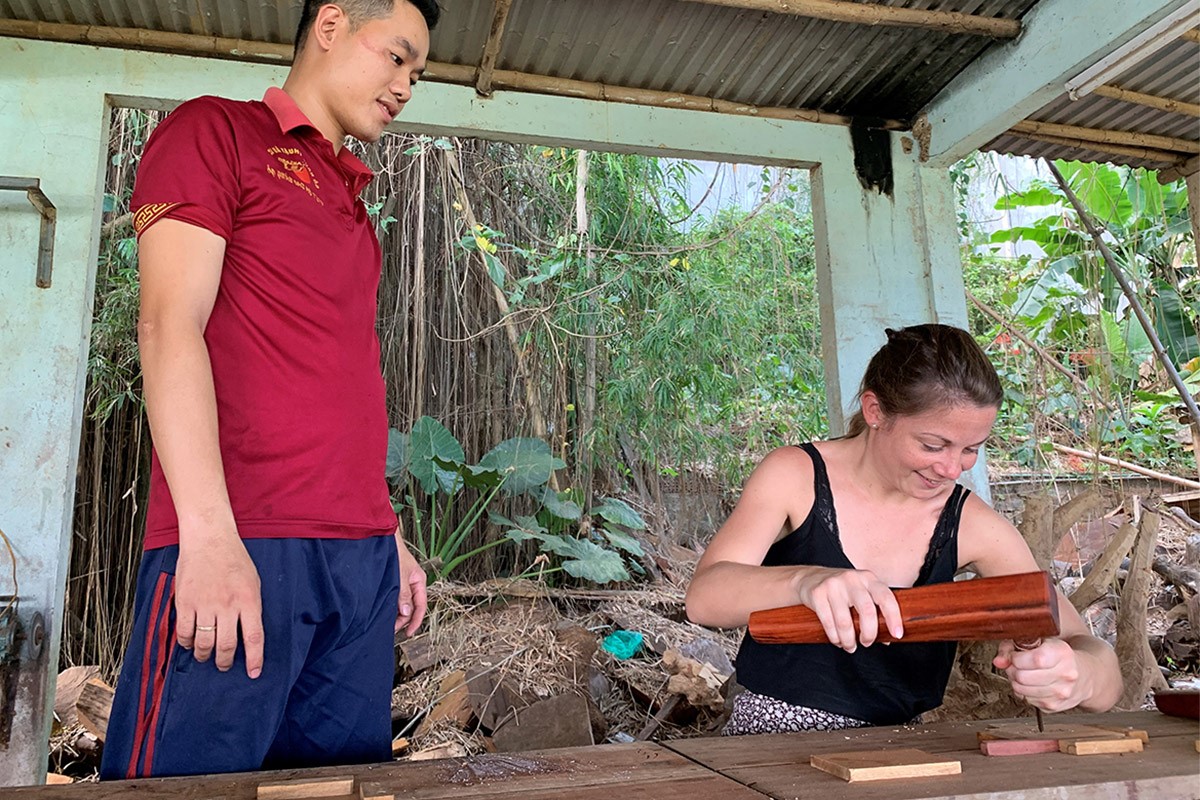
Hội An is home to a vibrant gastronomic scene with a number of good restaurants, new and old. We can help you to select the best ones for you, by providing you with our carefully researched suggestions before you travel. One of our favourites is chef Didier Corlou’s latest venture, Cô Mai, fittingly located in a former spice house and dedicated to creating fresh and flavoursome, regional Vietnamese dishes.
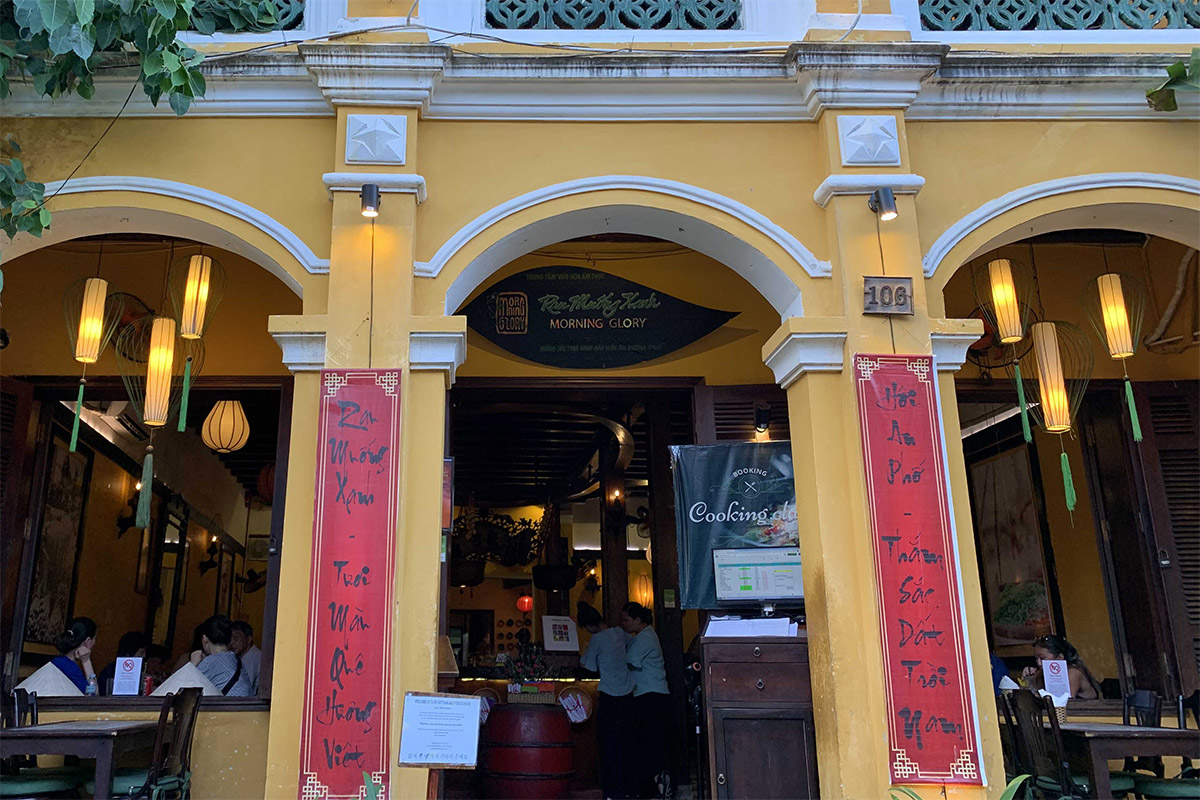
For something a little less polished, but equally tasty, we cannot recommend Bale Well more highly. It’s tucked down a hidden alleyway, so getting there is an adventure in itself. But the best part is that there is no menu as such, so you don’t have to choose your dishes. Instead, an unlimited stream of steaming platefuls of scrummy spring rolls, pork skewers, satay sauce and bánh xèo (rice pancakes) are served almost immediately when you sit down. With foodie experiences at every corner in Hội An, it can be difficult to know where to start. However, in our opinion, a private street food morning with our local friend, Summer, is imperative. Originally a blogger, Summer will lead you along tiny back alleys, sampling a variety of Vietnamese dishes at some of the best eateries.

If you are heading on to Huế, the drive will take you over a stunning, snaking 12-mile stretch of roadway, otherwise known as the Hải Vân Pass. It marks a geographic and political boundary between ancient kingdoms as well as a climatic divide between the tropical south and subtropical north of Vietnam. Lăng Cô, located just beyond the pass, is a great spot to break up the journey. Here, we like to arrange for clients to meet a local fishing family who have been living on the edge of the Lăng Cô Lagoon for more than 50 years.

Embarking on a sampan (flat-bottomed boat), we were navigated around the lagoon, which teemed with crab, snapper, red mullet, shrimp and an abundance of oysters. Not only did we learn about the traditional fishing techniques but also had our own hand at hawling in a fresh catch, before feasting on the most scrummy seafood lunch in their handcrafted fishing hut.
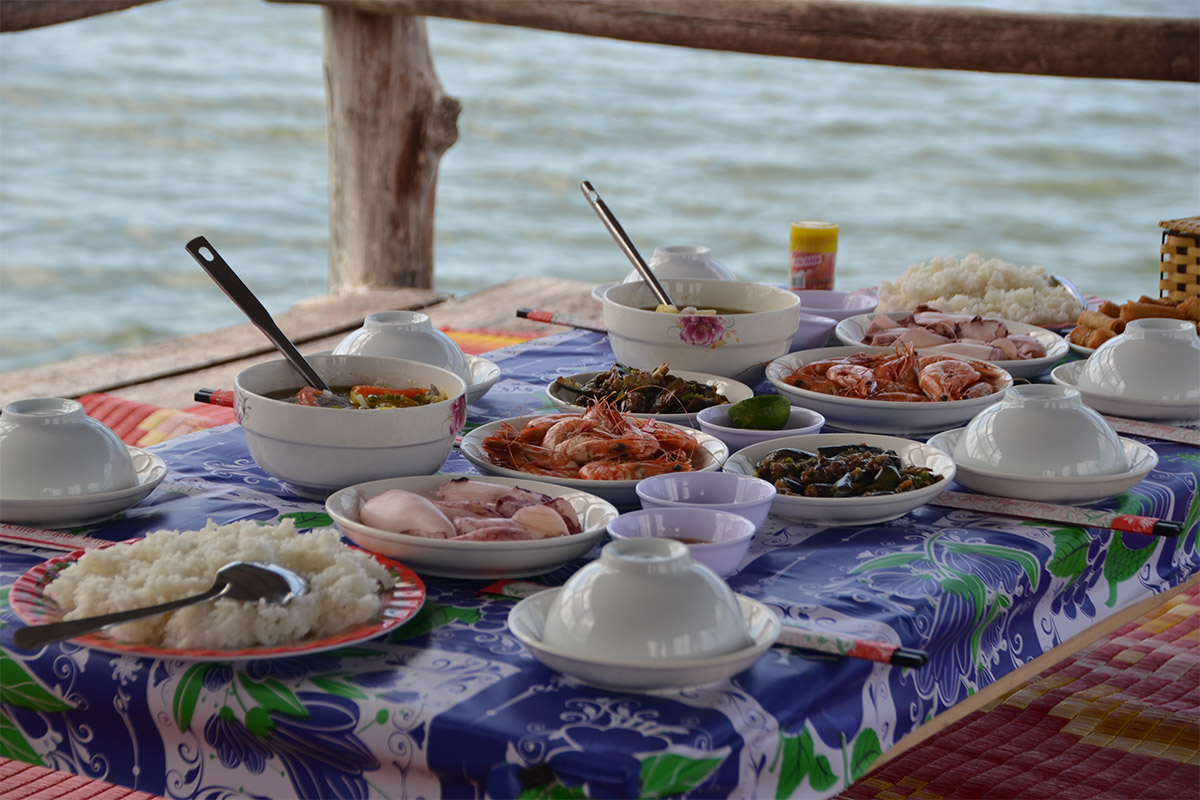
Hội An has seen a vast revival in recent years, which means an excellent guide and well-timed experiences are key. Nevertheless, it is Vietnam’s most atmospheric and delightful town – and well worth a visit.




